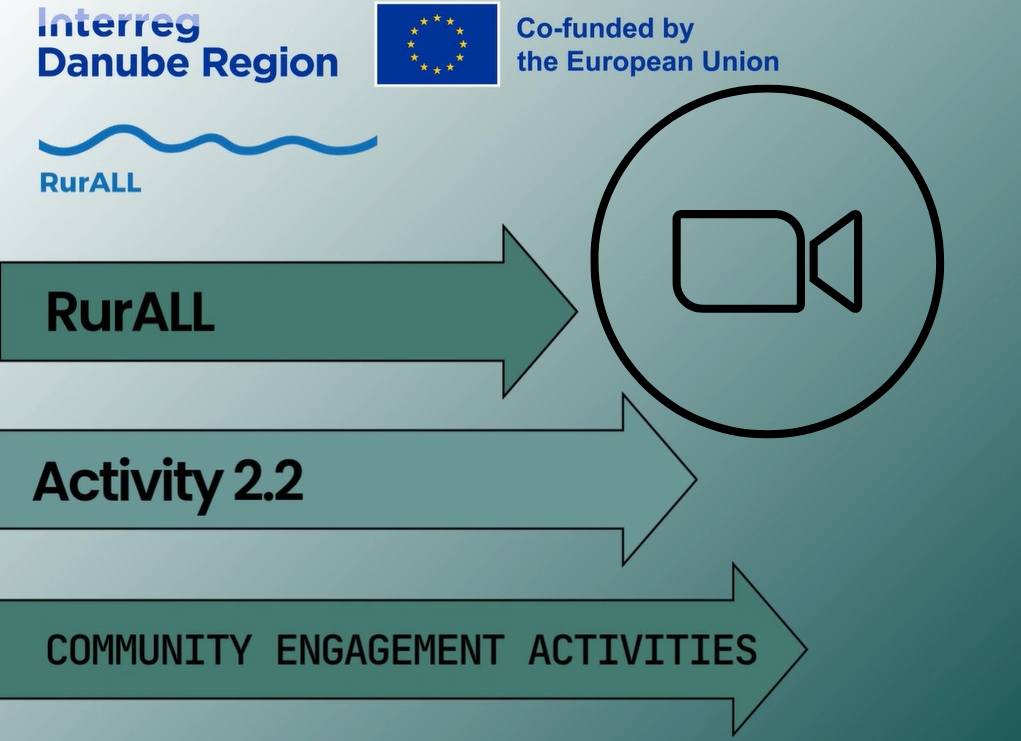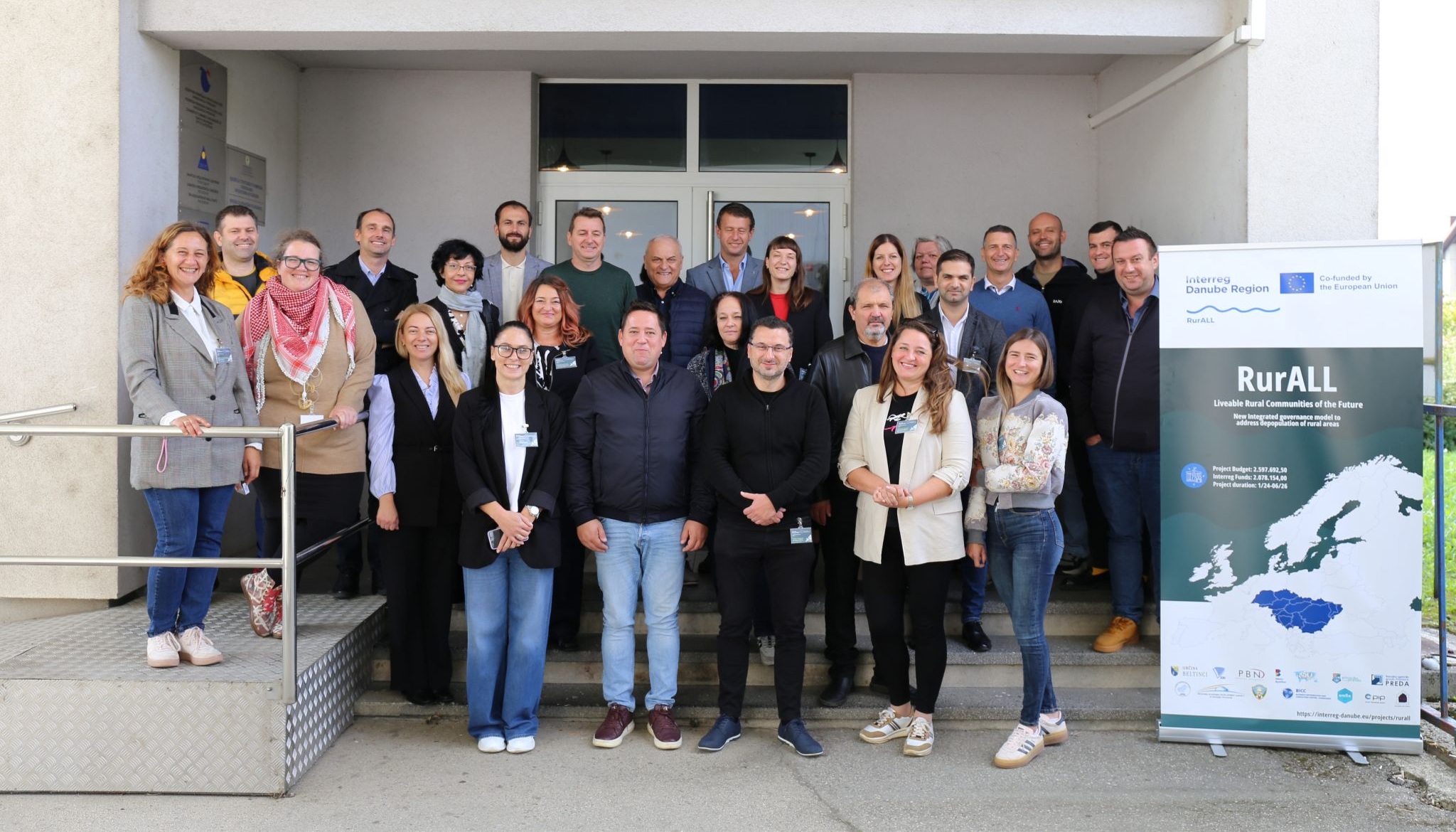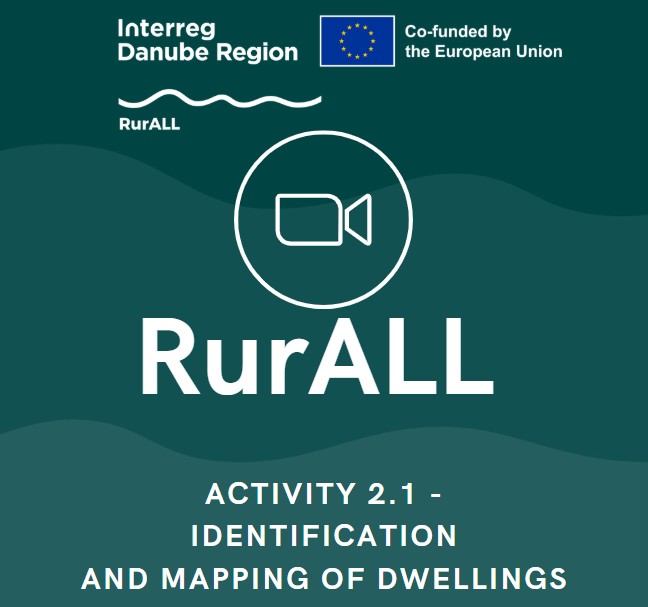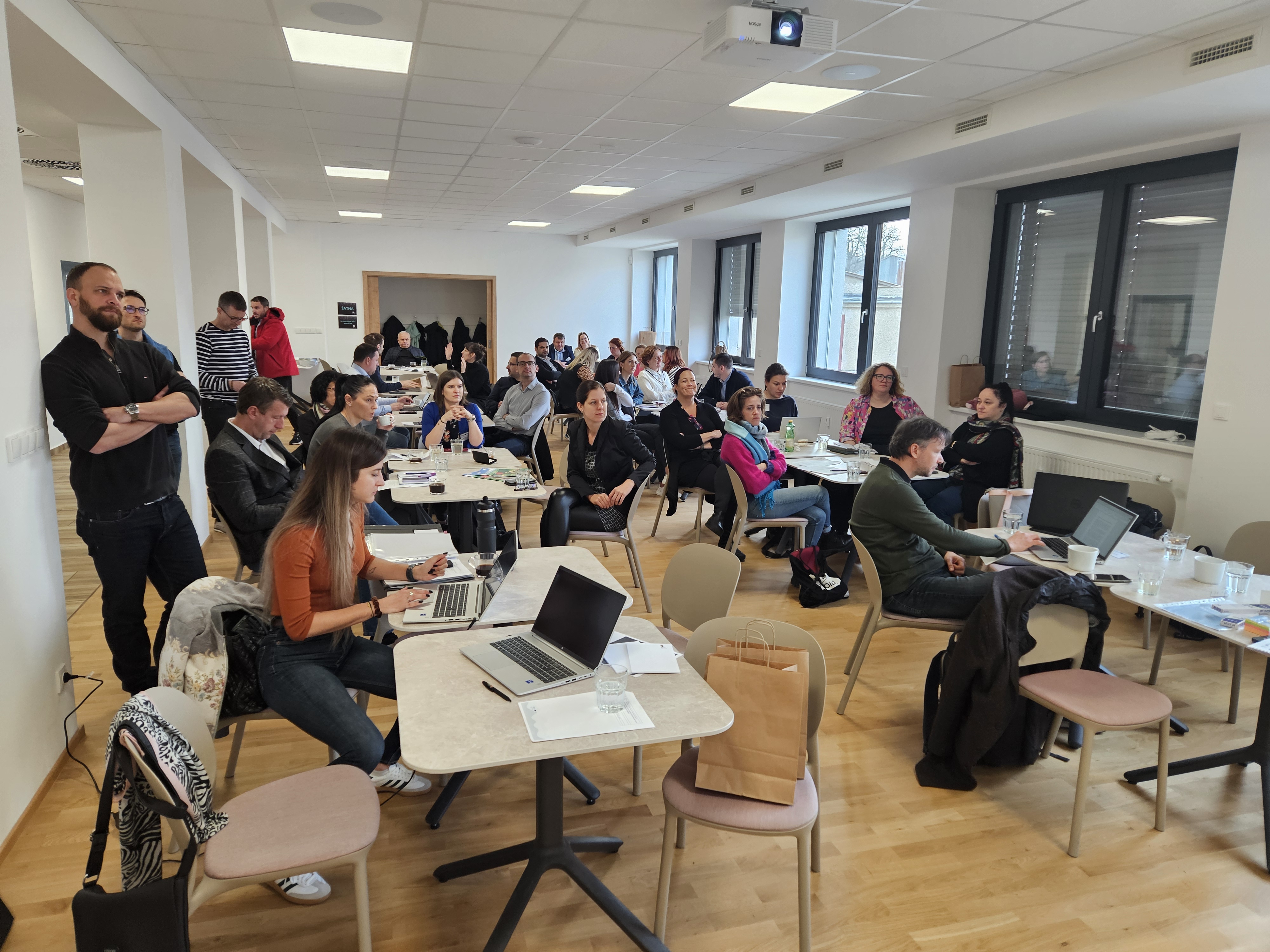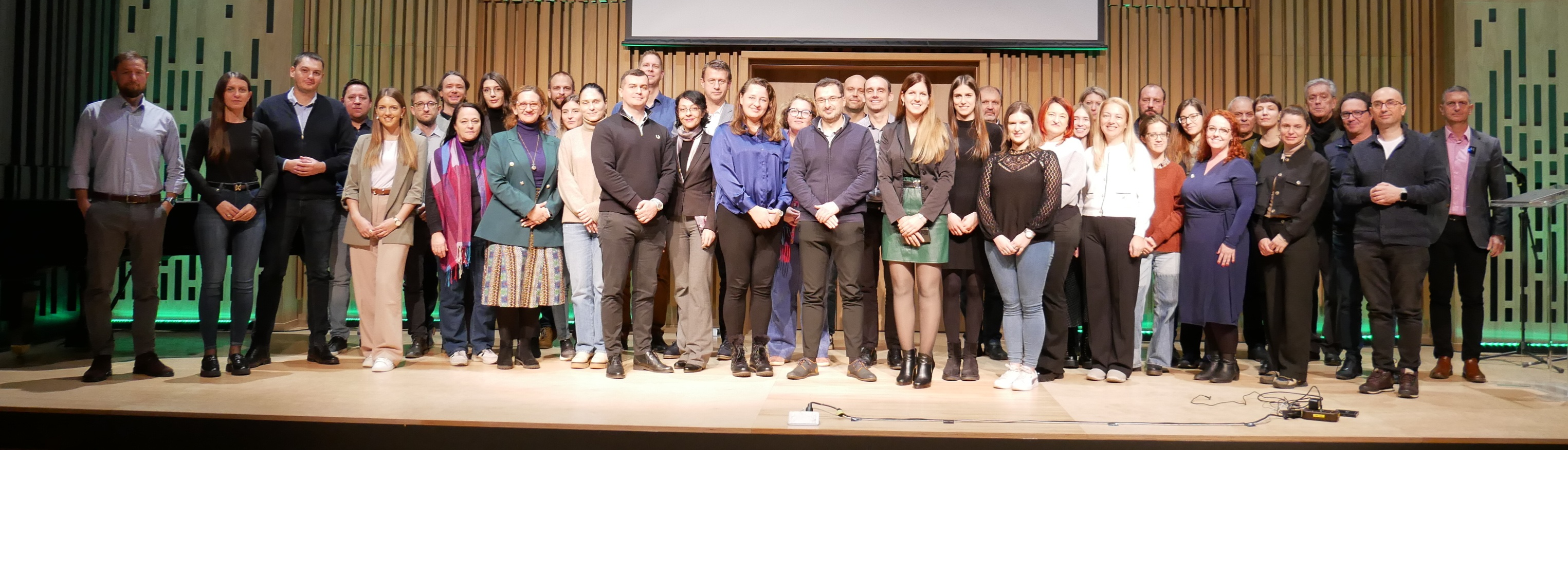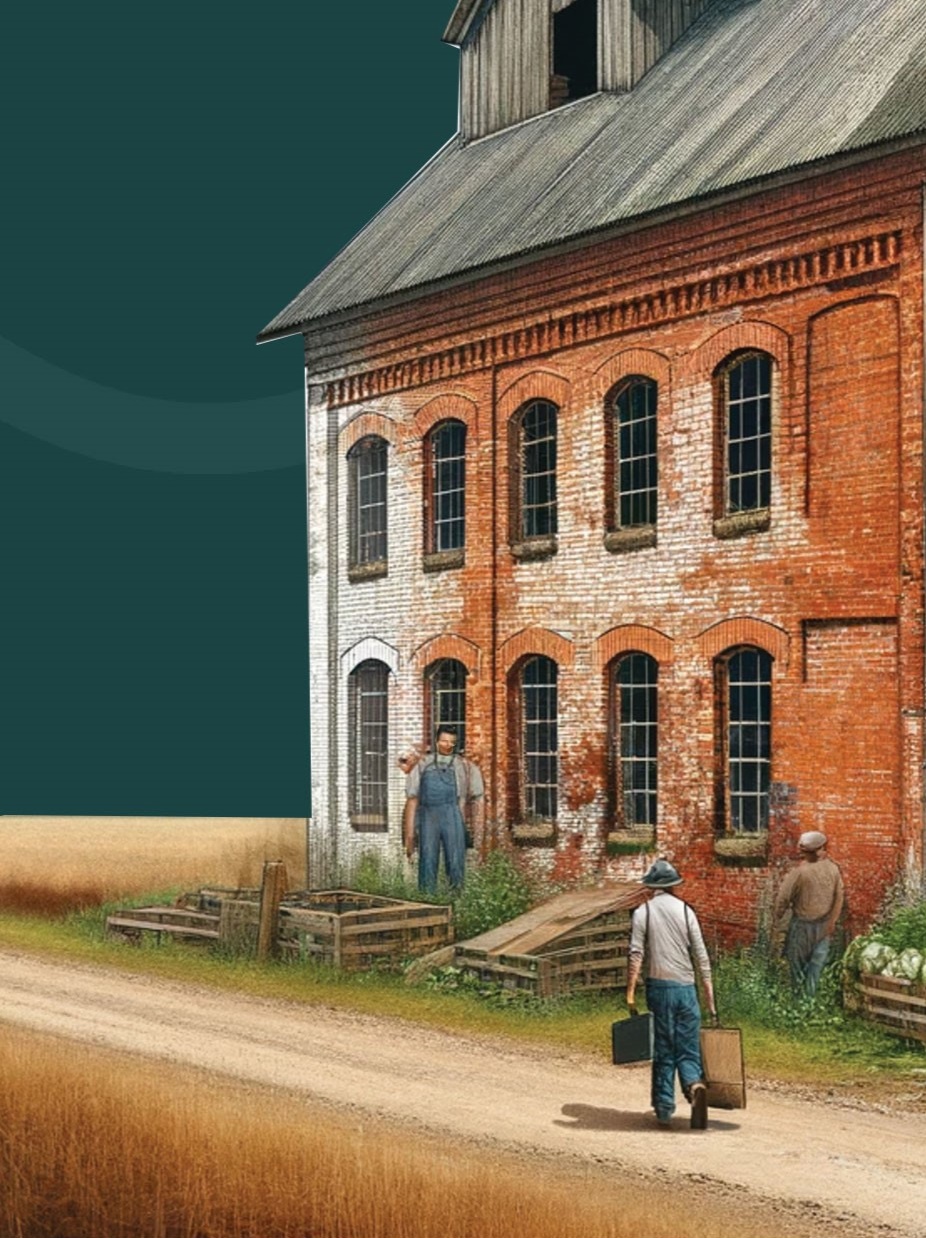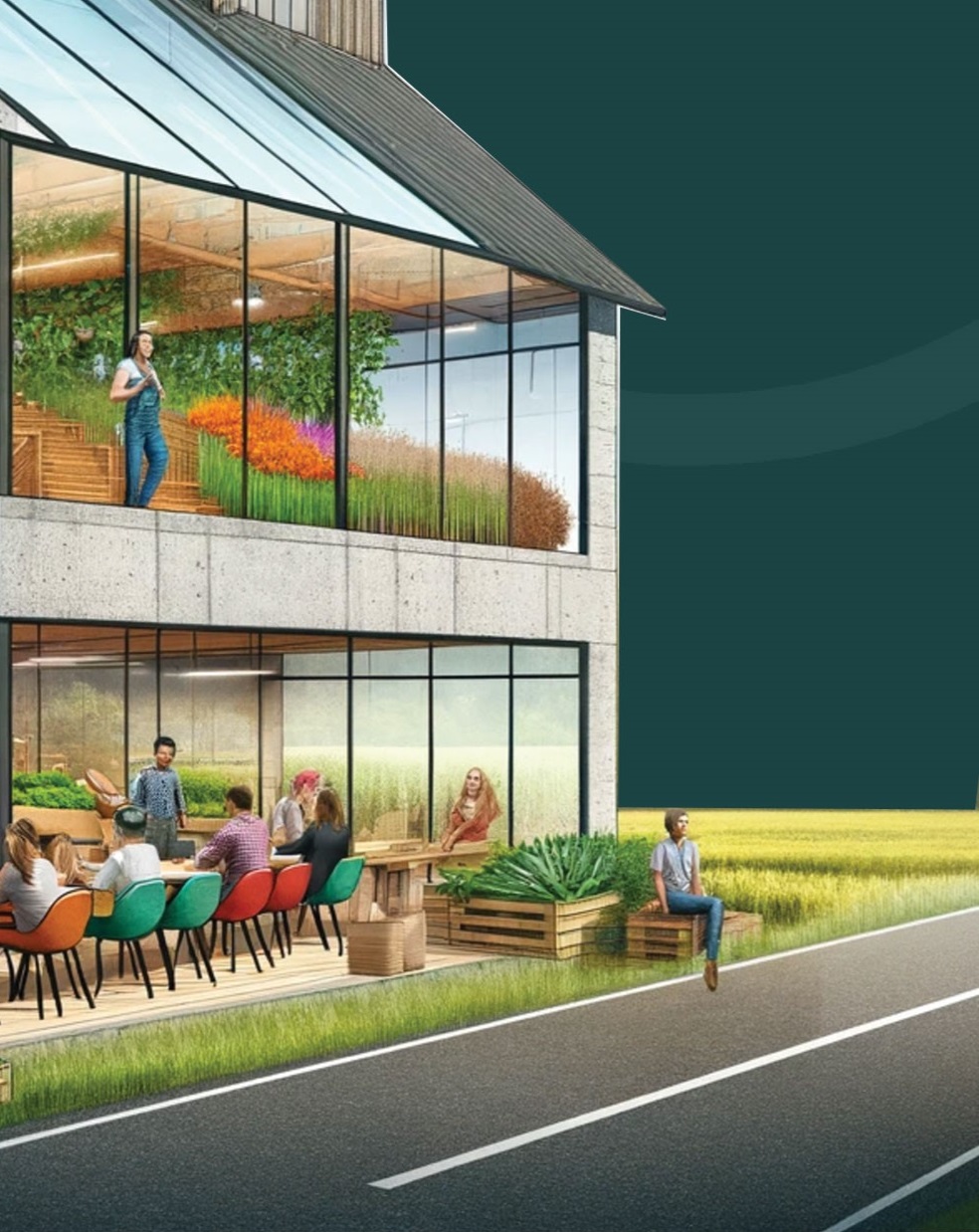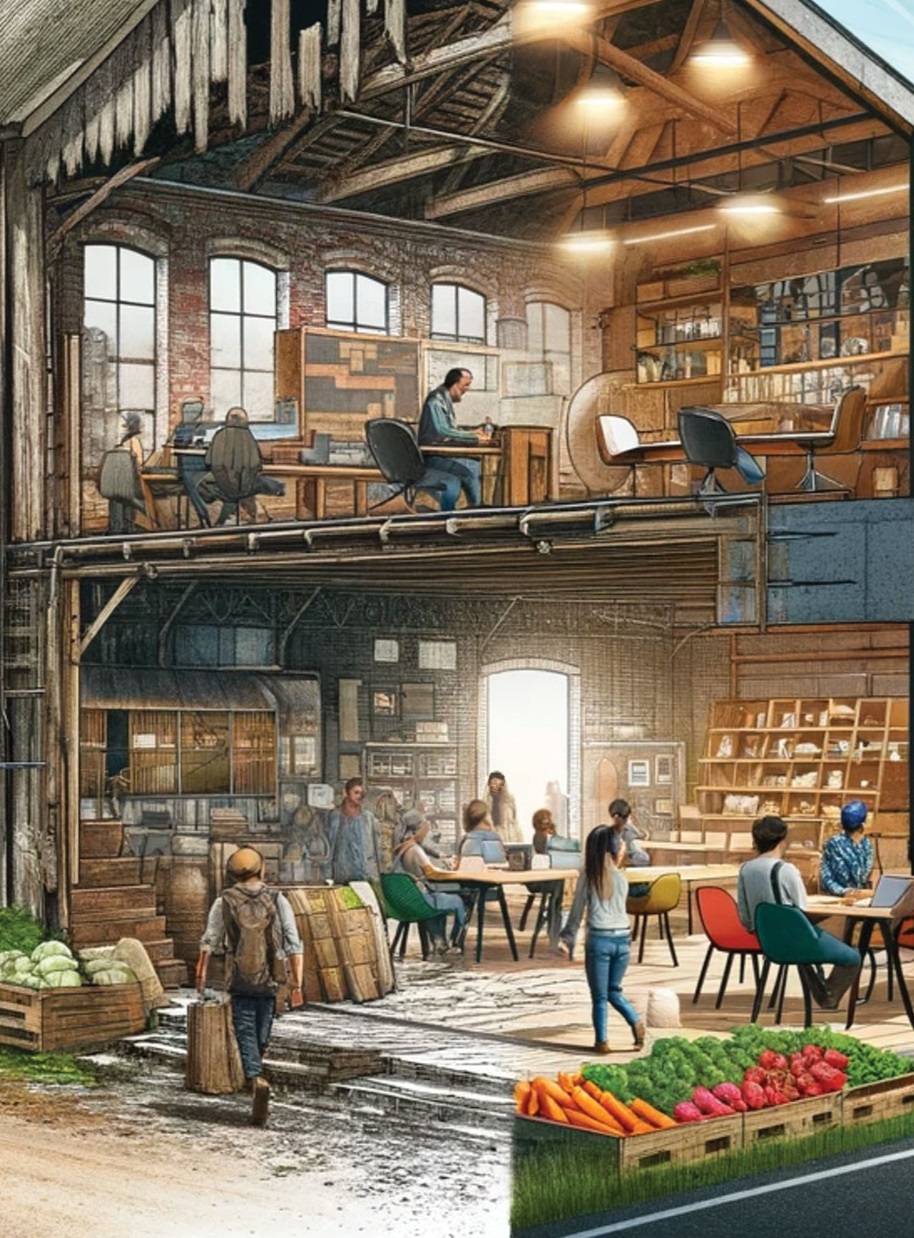
Multi-level stakeholder governance model - Introduction
The primary goal of the multi-stakeholder governance idea is to engage all relevant stakeholders in decision-making by means of a conversational exchange/dialogue.
Main problem
RurALL addresses the major challenge of depopulation in rural areas that is considered as one of most universal challenges of Danube area.
Rural areas are facing a lack of highly educated labor force and economic competitiveness, an increasingly aging population, low accessibility, and reduced quality of public services.
Rural communities have insufficient resources and capacities to design and initiate an effective policy response to such a comprehensive challenge
Solution
Multi-stakeholder governance model
Implementation of a crosssectoral and interdisciplinary approach that is going to be supported by intense community engagement activities and we will present deteriorating dwellings as a tool and potential for addressing the challenge.
Complex decisions involving multiple stakeholders often entail lengthy processes due to their social complexity.
Multi(level) stakeholder model
Multilevel governance is a vertical (multiple levels) and horizontal (multiple actors) allocation of central government authority, fostering the participation of a wide range of stakeholders (public, private, and civic) in policy-making and implementation through formal and informal means.
The primary goal of the multi-stakeholder governance idea is to engage all relevant stakeholders in decision-making by means of a conversational exchange/dialogue.
Components of MSM
Multi: involvement of more than two types of groups or entities. These can include civil society, state actors like government bodies, local authorities, and ministries, international organizations, the media, the business sector, the security sector encompassing military and police, as well as academia.
Stakeholders: A stakeholder is defined as anyone with an interest in a particular issue—this includes those directly impacted by a problem (such as a conflict) and those who have the potential to influence it. Identifying the appropriate groups to involve can be difficult.
Process: Multi-stakeholder processes vary widely, spanning from flexible and informal forums to well-structured partnerships with documented agreements, established decision-making processes, and sometimes even formal action plans and administrative support. These processes serve as arenas for dialogue, discussion, or negotiation, often incorporating elements of all three.
News & Events
Read the most recent updates and explore the upcoming events.

